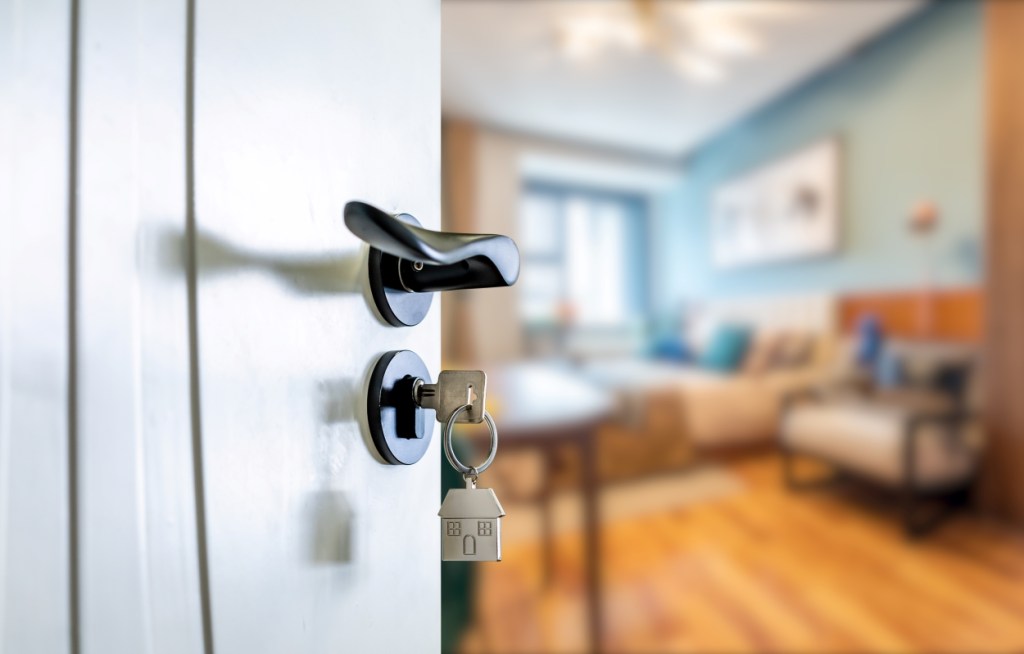Following two months of steady declines, Fannie Mae’s Home Purchase Sentiment Index (HPSI), a composite index designed to track the housing market and consumer confidence to sell or buy a home, rose in January.
The HSPI rose 3.7 points last month to 77.7. Though it’s undoubtedly a positive sign, the HPSI has yet to recover to pre-pandemic levels and is still down 15.3 points year over year.
Doug Duncan, Fannie Mae’s chief economist, noted a slight chasm has formed in confidence among lower and higher- income groups based on recent stimulus and fiscal policies.
According to Duncan, this newfound optimism in lower-income borrowers and renters could indicate those who have been more negatively impacted by the pandemic may be starting to feel the economic recovery.
“Among homeowners in higher income groups, however, the other five components of the index remained relatively flat or slightly negative, suggesting to us that some consumers are waiting to gauge the effectiveness of any new fiscal policies and vaccination distribution programs on both housing and the larger economy,” Duncan said.
Making housing more affordable by bridging the affordable supply gap
In the last few years, the number of existing single-family homes for sale has decreased. But home prices have increased. To make homeownership a possibility for everyone, there needs to be a higher supply of affordable homes.
Presented by: Fannie Mae
Overall, January’s housing market confidence jump was largely driven by renewed optimism for prospective home sellers, after December’s increasing home prices and tight inventory left homeowners weary that 2020’s record sales may not roll in to the new year. However, the percentage of respondents who say it is a good time to sell a home increased from 50% to 57% in January, while those who believe it is a good time to buy remained unchanged at 52%.
Even though buying sentiment stood idle in the first month of 2021, mortgage applications jumped 8.15% from the week ending Jan. 29, breaking a two-week streak of decreases, according to the Mortgage Bankers Association.
And borrowers are still relatively unsure of how long elevated home prices will hold. The HPSI reported 41% of respondents expect home prices will go up in the next 12 months – unchanged from the month prior – while those who believe it will go down increased from 16% to 17%.
But even if those prices do rise, borrowers can still save on the record low rates the industry has become accustomed to. The percentage of respondents who say mortgage rates will go down in the next 12 months increased from 8% to 9%, while the percentage who expect mortgage rates to go up increased from 43% to 45%.
Though economists are fairly certain all signs indicate to rising mortgage rates, experts said it won’t be a sudden jerk reaction but rather a slow build that will force its way over 3% later in the year. Regardless, LO’s made insane money in 2020 thanks to record low rates, with the jury still out on whether they can swing it again in 2021 if refi’s begin to fall with rising rates.
But rising rates are a sign of a recovering economy, and though that recovery may look slow, the housing market is showing signs its already occurring.
The percentage of respondents who say they are not concerned about losing their job in the next 12 months remained unchanged at 75%, while those who are concerned fell from 25% to 24%. And the percentage of respondents who say their household income is significantly higher than it was 12 months ago increased from 20% to 21%, while the percentage who say theirs is significantly lower decreased from 18% to 14%.
January’s unemployment numbers weren’t overly impressive to economists, with the unemployment situation virtually unchanged for the month.
“The number of people on temporary layoff fell slightly in January, while the number of permanent job losers rose, a troubling sign. On the other hand, the number of people working part time but who would prefer full time employment also fell slightly, a positive indicator of labor demand,” Duncan said.





